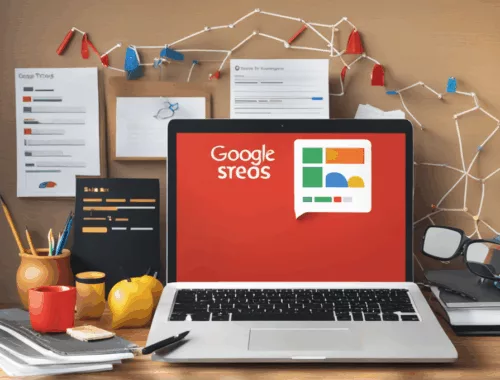
Creating Blog Graphics Without Photoshop

Introduction to Creating Blog Graphics Without Photoshop
For content creators, crafting engaging visuals for blog posts is essential. Although Photoshop is a popular choice among professionals, not all content creators have the budget or skills to use it. This can be a significant hurdle, but don’t fret. There are plenty of accessible, free tools available for creating stunning blog graphics without Photoshop.
In this guide, we’ll explore some of the best alternatives to Photoshop, focusing on user-friendliness, ease of use, and effectiveness. We’ll also highlight the top tools and techniques to create visually appealing graphics.
5 Best Tools for Creating Blog Graphics Without Photoshop
Canva
Canva is an all-in-one design platform that enables users to create graphics, presentations, and social media content. With its drag-and-drop interface and extensive library, users of all skill levels can design professional graphics. Canva offers a free plan with access to a vast array of templates and features. Users can create social media graphics, banners, and posters with ease.
Key Features:
- Drag-and-drop interface
- Extensive template library
- Access to a range of fonts and icons
Google Drawings
For those looking for a lightweight, yet powerful tool, Google Drawings could be a suitable solution. Google Drawings allows users to create and edit graphics directly within the Google Docs platform. This tool is excellent for creating infographics, presentations, and social media content.
Key Features:
- Directly edit within Google Docs
- Supports various shapes, charts, and illustrations
- Collaborative features
Inkscape
Inkscape is a powerful and free vector graphics editor that rivals Adobe Illustrator. This software allows users to create, edit, and manipulate vector images. Inkscape is perfect for creating logos, icons, and illustrations for your blog graphics.
Key Features:
- Supports vector graphics
- High-quality, scalable images
- Offers a range of shapes, tools, and filters
Gravit
Gravit is another powerful vector graphics editor that allows users to create and edit vector images. With its user-friendly interface and extensive library of shapes and icons, Gravit is perfect for beginners and professionals alike. Gravit offers both free and premium plans, with the free version providing ample features.
Key Features:
- Supports vector graphics
- User-friendly interface
- Extensive library of shapes and icons
Paint.NET
Paint.NET is a free, powerful, and easy-to-use image and graphic design software. This tool offers a range of features, including image editing, image effects, and the ability to create graphics with layers and transparency. Paint.NET is perfect for beginners, as it offers a steep learning curve with a variety of tools and effects to enhance your blog graphics.
Key Features:
- Image editing and graphic design
- Layers and transparency support
- Access to a range of tools and effects
Tips for Creating Professional-Looking Blog Graphics
Keep it Simple
When creating blog graphics, less is often more. Keep your design clean and simple, with a strong focus on visual hierarchy. Use bold typography and contrasting colors to draw the eye.
Choose High-Quality, Relevant Images
Ensure your images are high-quality, relevant, and visually appealing. High-quality images can significantly enhance your blog graphics and attract readers. Be sure to choose images that complement your content and align with your brand.
Use Consistent Branding
Consistent branding is essential for creating a cohesive look and feel for your blog. Use the same color palette, typography, and imagery across all your blog graphics. This will help create a strong brand identity and make your blog more visually appealing to readers.
Branding Examples:
For example, take a look at the branding of the popular website Canva. The color palette and typography are consistent across their website, graphics, and social media accounts.
Creating engaging blog graphics without Photoshop is possible with a range of accessible, user-friendly tools. By choosing the right tool for your needs and following these tips, you can create professional-looking blog graphics without breaking the bank or learning complex design software. Whether you’re using Canva, Google Drawings, Inkscape, Gravit, or Paint.NET, these tools can help you create visually appealing, professional-looking blog graphics.
You May Also Like

How User Experience Impacts Your Blog’s SEO
May 20, 2025
Optimize Your Blog for Mobile: The Ultimate SEO Guide
August 11, 2025


